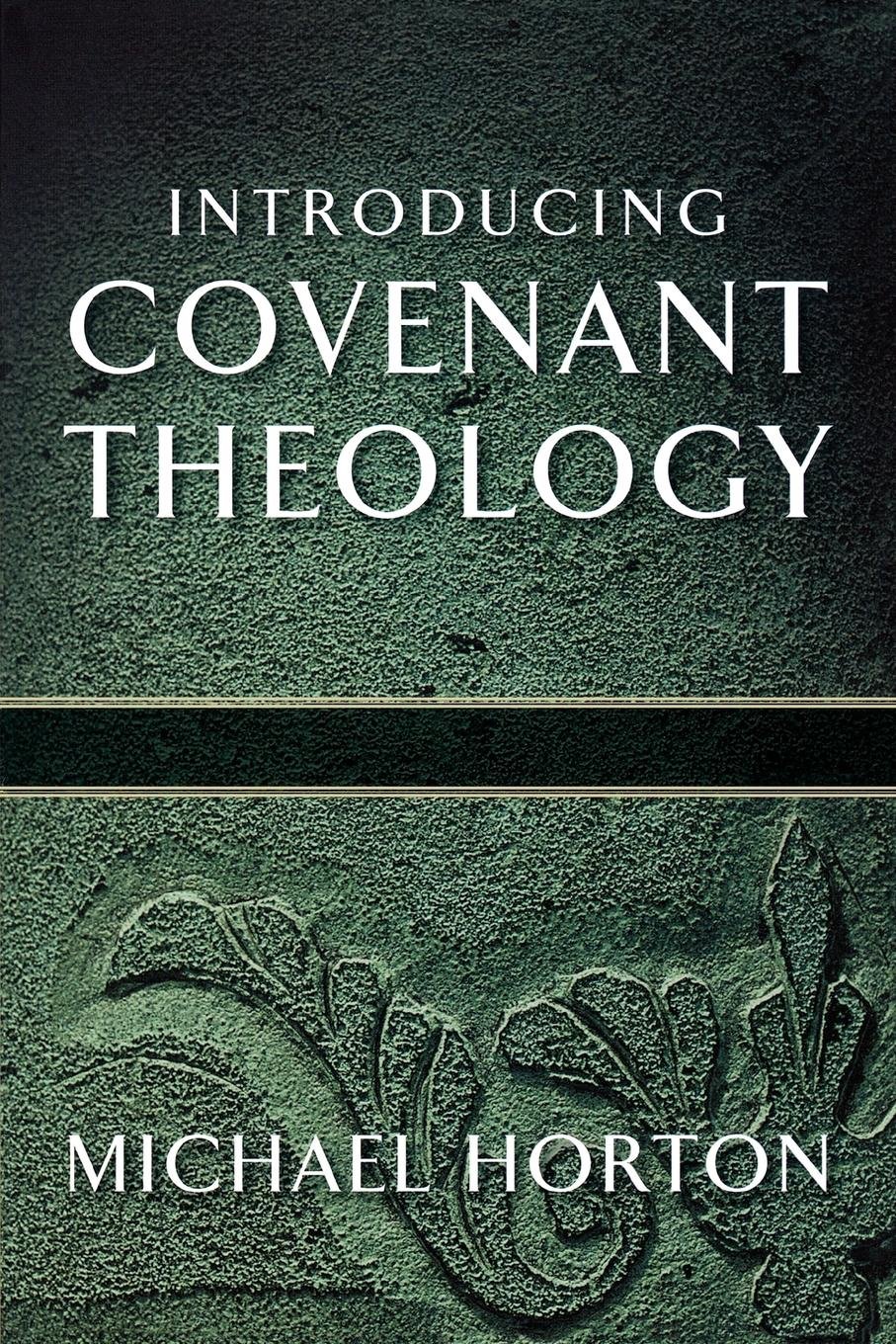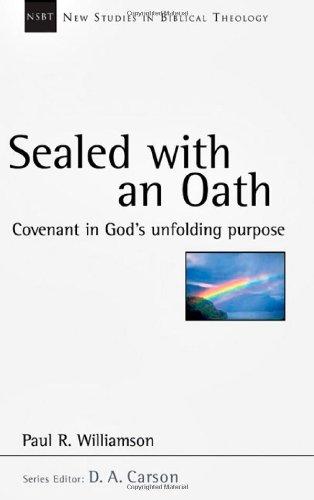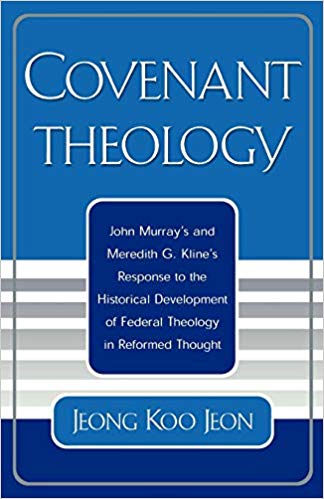By this is meant the covenant between the Father and the Son in reference to the salvation of man. This is a subject which, from its nature, is entirely beyond our comprehension. We must receive the teachings of the Scriptures in relation to it without presuming to penetrate the mystery which naturally belongs to it. There is only one God, one divine Being, to whom all the attributes of divinity belong. But in the Godhead there are three persons, the same in substance, and equal in power and glory. It lies in the nature of personality, that one person is objective to another. If, therefore, the Father and the Son are distinct persons the one may be the object of the acts of the other. The one may love, address, and commune with the other. The Father may send the Son, may give Him a work to do, and promise Him a recompense. All this is indeed incomprehensible to us, but being clearly taught in Scripture, it must enter into the Christian’s faith.
In order to prove that there is a covenant between the Father and the Son, formed in eternity, and revealed in time, it is not necessary that we should adduce passages of the Scriptures in which this truth is expressly asserted. There are indeed passages which are equivalent to such direct assertions. This is implied in the frequently recurring statements of the Scripture that the plan of God respecting the salvation of men was of the nature of a covenant, and was formed in eternity. Paul says that it was hidden for ages in the divine mind; that it was before the foundation of the world. Christ speaks of promises made to Him before his advent; and that He came into the world in execution of a commission which He had received from the Father. The parallel so distinctly drawn between Adam and Christ is also a proof of the point in question (Rom.5.12-21). As Adam was the head and representative of his posterity, so Christ is the head and representative of his people. And as God entered into covenant with Adam so He entered into covenant with Christ. This, in Rom. 5.12-21, is set forth as the fundamental idea of all God’s dealings with men, both in their fall and in their redemption.
The proof of the doctrine has, however, a much wider foundation. When one person assigns a stipulated work to another person with the promise of a reward upon the condition of the performance of that work, there is a covenant. Nothing can be plainer than that all this is true in relation to the Father and the Son. The Father gave the Son a work to do; He sent Him into the world to perform it, and promised Him a great reward when the work was accomplished. Such is the constant representation of the Scriptures. We have, therefore, the contracting parties, the promise, and the condition. These are the essential elements of a covenant. Such being the representation of Scripture, such must be the truth to which we are bound to adhere. It is not a mere figure, but a real transaction, and should be regarded and treated as such if we would understand aright the plan of salvation. In Psalm 40, expounded by the Apostle as referring to the Messiah, it is said, ‘Lo, I come: in the volume of the book it is written of me, I delight to do thy will,’ i.e., to execute thy purpose, to carry out thy plan. ‘By the which will,’ says the Apostle (Heb.10.10), ”we are sanctified (i. e., cleansed from the guilt of sin), through the offering of the body of Jesus Christ once for all.’ Christ came, therefore, in execution of a purpose of God, to fulfil a work which had been assigned Him. He, therefore, in John 17.4, says, ‘I have finished the work which thou gavest me to do.’ This was said at the close of his earthly course. At its beginning, when yet a child, He said to his parents, ‘ Wist ye not that I must be about my Father’s business?’ (Luke 2.49.) Our lord speaks of Himself, and is spoken of as sent into the world. He says that as the Father had sent Him into the world, even so had He sent his disciples into the world. (John 17.18). ‘When the fulness of the time was come, God sent forth his Son, made of a woman.’ (Gal. 4.4). ‘God sent his only begotten Son into the world.’ (1 John 4.9). God ‘sent his Son to be the propitiation for our sins.’ (Verse 10.)
It is plain, therefore, that Christ came to execute a work, that He was sent of the Father to fulfil a plan, or preconceived design. It is no less plain that special promises were made by the Father to the Son, suspended upon the accomplishment of the work assigned Him. This may appear as an anthropological mode of representing a transaction between the persons of the adorable Trinity. But it must be received as substantial truth. The Father did give the Son a work to do, and He did promise to Him a reward upon its accomplishment. The transaction was, therefore, of the nature of a covenant. An obligation was assumed by the Son to accomplish the work assigned Him; and an obligation was assumed by the Father to grant Him the stipulated reward. The infinitude of God does not prevent these things being possible.
As the exhibition of the work of Christ in the redemption of man constitutes a large part of the task of the theologian, all that is proper in this place is a simple reference to the Scriptural statements on the subject.
The work assigned to the Redeemer
- He was to assume our nature, humbling Himself to be born of a. woman, and to be found in fashion as a man. This was to be a real incarnation, not a mere theophany such as occurred repeatedly under the old dispensation. He was to become flesh; to take part of flesh and body; to be bone of our bone and flesh of our flesh, made in all things like unto his brethren, yet without sin, that He might be touched with a sense of our infirmities, and able to sympathize with those who are tempted, being Himself also tempted.
- He was to be made under the law, voluntarily undertaking to fulfil all righteousness by obeying the law of God perfectly in all the forms in which it had been made obligatory on man.
- He was to bear our sins, to be a curse for us, offering Himself as a sacrifice, or propitiation to God in expiation of the sins of men. This involved his whole life of humiliation, sorrow, and suffering, and his ignominious death upon the cross under the hiding of his Father’s countenance. What He was to do after this pertains to his exaltation and reward.
The Promises made to the Redeemer
Such, in general terms, was the work which the Son of God undertook to perform. The promises of the Father to the Son conditioned on the accomplishment of that work, were,
- That He would prepare Him a body, fit up a tabernacle for Him, formed as was the body of Adam by the immediate agency of God, uncontaminated and without spot or blemish.
- That He would give the Spirit to Him without measure, that his whole human nature should be replenished with grace and strength, and so adorned with the beauty of holiness that He should be altogether lovely.
- That He would be ever at his right hand to support and comfort Him is the darkest hours of his conflict with the powers of darkness, and that He would ultimately bruise Satan under his feet.
- That He would deliver Him from the power of death, and exalt Him to his own right hand in heaven; and that all power in heaven and earth should be committed to Him.
- That He, as the Theanthropos and head of the Church, should have the Holy Spirit to send to whom He willed, to renew their hearts, to satisfy and comfort them, and to qualify them for his service and kingdom.
- That all given to Him by the Father should come to Him, and be kept by Him, so that none of them should be lost.
- That a multitude whom no man can number should thus be made par- takers of his redemption, and that ultimately the kingdom of the Messiah should embrace all the nations of the earth.
- That through Christ, in Him, and in his ransomed Church, there should be made the highest manifestation of the divine perfections to all orders of holy intelligences throughout eternity. The Son of God was thus to see of the travail of his soul and be satisfied.





